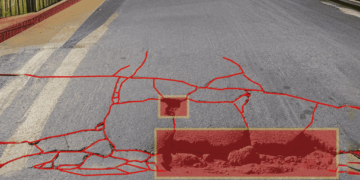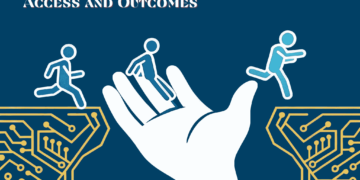Stepping into a Design Thinking Workshop is like opening the door to a new way of thinking. These sessions are not just about solving problems—they are about reimagining challenges, discovering fresh perspectives, and turning creative ideas into actionable solutions that make a real difference.
Understanding the Concept
A design thinking workshop is a hands-on, people-focused experience where teams explore innovative ways to approach challenges. The process typically flows through five stages—empathise, define, ideate, prototype, and test. By following this cycle, participants uncover deeper insights, generate bold ideas, and develop practical solutions that meet real human needs. It’s an approach that blends creativity with strategy, making it suitable for both small teams and large organisations.
The Role of Visual Thinking
One of the most dynamic aspects of these workshops is visual thinking. Using sketches, diagrams, and live illustrations, participants see ideas take shape in real time. This visual approach makes complex concepts easier to grasp, sparks imagination, and helps teams connect the dots more effectively. It also keeps energy levels high, ensuring that everyone stays engaged and invested in the process.
Igniting Curiosity and Confidence
These workshops are designed to reignite a sense of curiosity that often gets lost in everyday routines. By asking “why” more often and exploring problems from unexpected angles, participants unlock new possibilities. The experience builds creative confidence—helping people trust their instincts, experiment with ideas, and embrace change without fear of failure.
Why Organisations Embrace This Method
Across industries, companies are turning to design thinking workshops to boost innovation and teamwork. The structured yet flexible format encourages collaboration, reduces barriers between departments, and creates a shared sense of purpose. From corporate teams to educational groups, the approach adapts to different environments, ensuring that everyone can benefit from its problem-solving power.
What Happens in the Room
During a typical session, participants can expect:
- Interactive Activities – Hands-on exercises that encourage active involvement rather than passive listening.
- Clearer Problem Definition – Breaking down complex challenges into simple, manageable parts.
- Rapid Prototyping – Creating quick, tangible examples of potential solutions.
- Collaborative Brainstorming – Encouraging contributions from all perspectives.
- Mindset Shifts – Moving from “this won’t work” to “let’s see how it could work.”
Why It Delivers Results
The effectiveness of a design thinking workshop lies in its balance of creativity and practicality. Here’s why it works:
- Everyone Participates – All voices are heard, leading to more inclusive and well-rounded solutions.
- Visual Communication – Images and diagrams make information easier to retain and share.
- Speed and Flexibility – Prototypes can be tested and adapted quickly, saving time and resources.
- Lasting Skills – Tools and techniques learned in the workshop can be applied to future projects.
Getting the Most from Your Workshop
To maximise the value of a design thinking workshop:
- Know Your Challenge – Have a clear focus so that the session stays relevant.
- Invite Diverse Perspectives – The more varied the backgrounds, the richer the ideas.
- Be Open to Experimentation – Try unconventional approaches and don’t be afraid of initial failures.
- Use Visual Tools – Capture ideas in sketches, sticky notes, or diagrams to make them tangible.
Beyond the Session
The benefits don’t end when the workshop wraps up. Teams often experience:
- Stronger collaboration and communication skills.
- Increased adaptability to change.
- A renewed commitment to innovation.
- Greater alignment on goals and priorities.
By embedding the principles of design thinking into daily work, organisations can maintain momentum and continue producing creative, effective solutions long after the workshop has ended.
Conclusion
A well-run design thinking workshop is more than just a meeting—it’s a transformative experience that empowers teams to think differently, solve problems creatively, and act with purpose. For organisations ready to embrace innovation and unlock their people’s full potential, Simon Banks provides an approach that leaves a lasting impact.


















